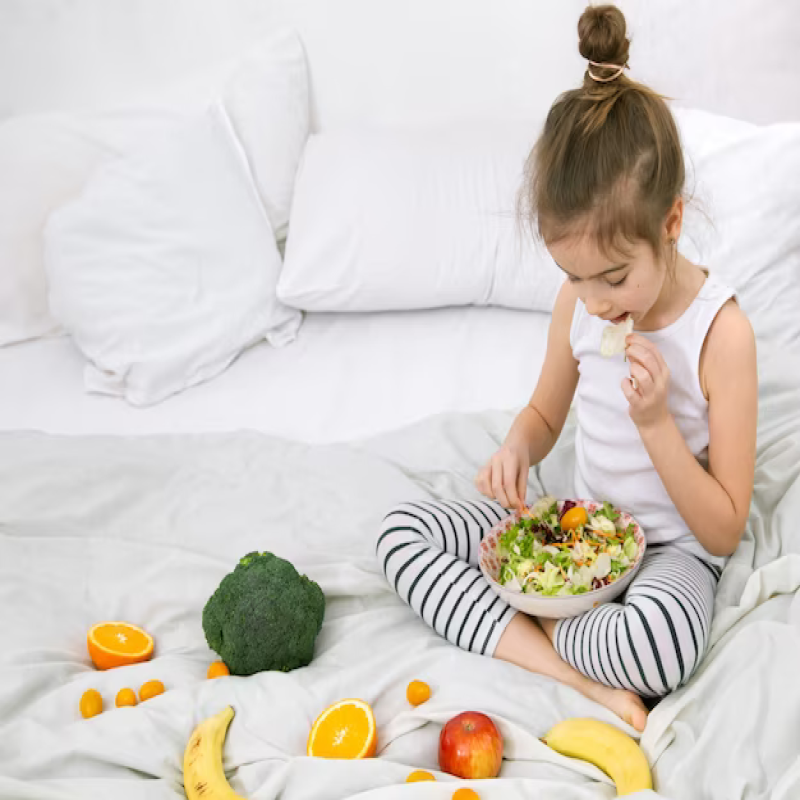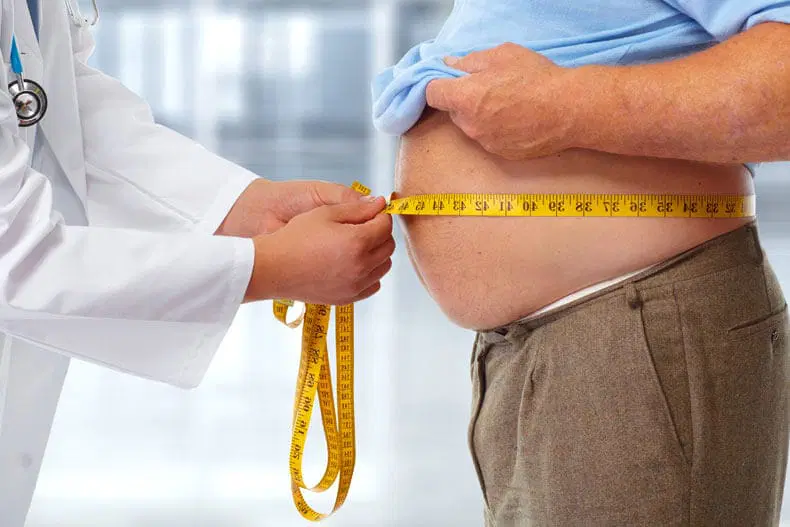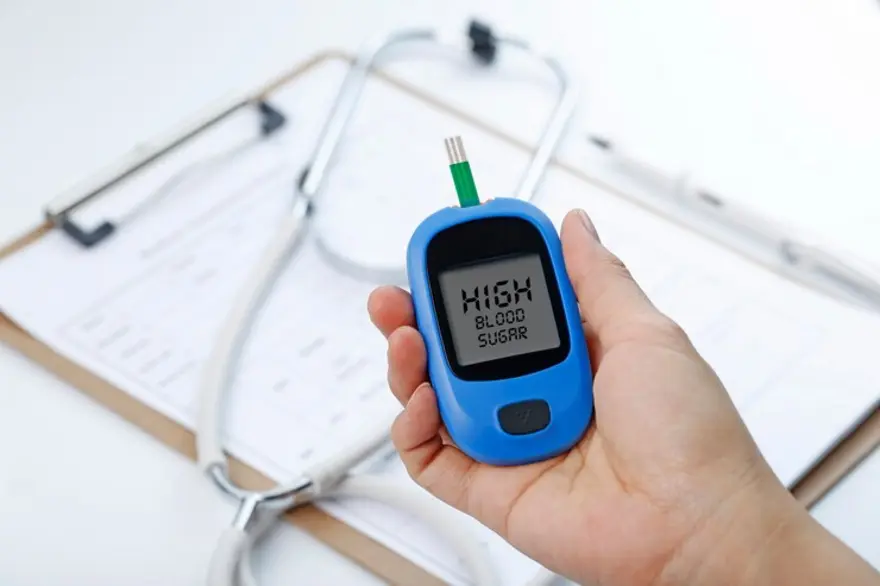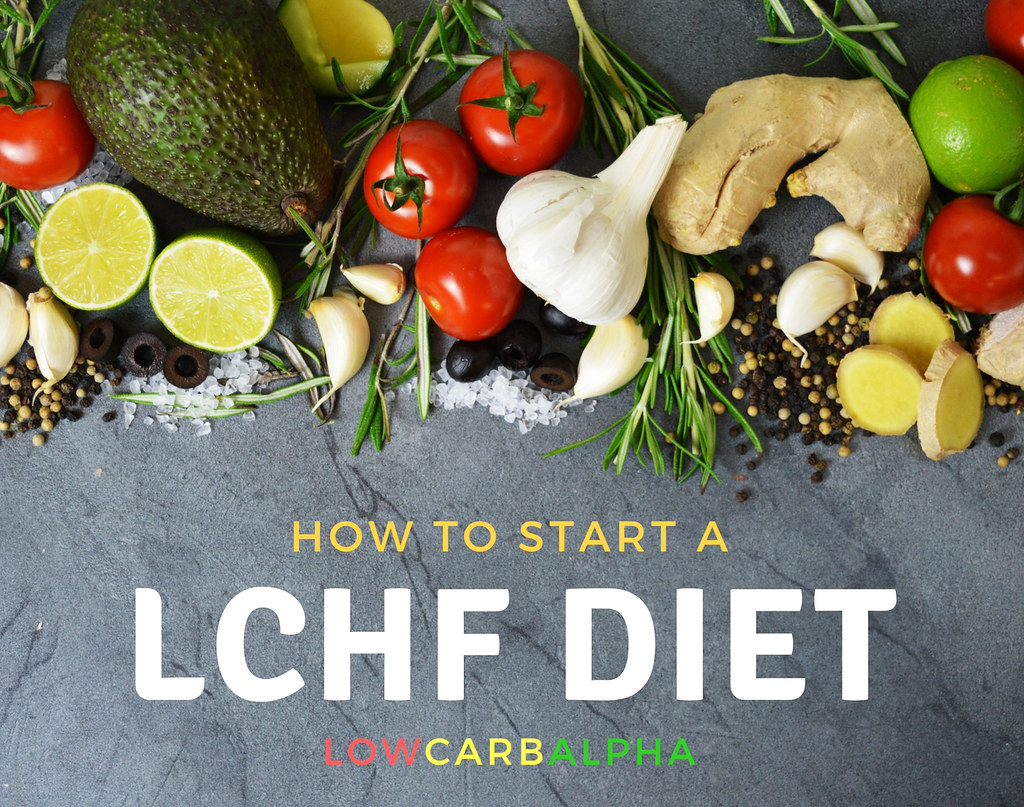
The Low-Carb, High-Fat (LCHF) diet has proven to be helpful for many health issues, especially diabetes. I have a story about how a little girl suffering from type 1 diabetes got better by following the LCHF diet. Yes, she was able to follow through with the diet consistently! Kids can be so inspiring sometimes. But more on the success story later; let’s get to know more about diabetes and the LCHF diet first.
Type 1 Diabetes
Type 1 diabetes, which is also known as juvenile-onset diabetes, primarily affects children and young adults. People who get type 1 diabetes are often of normal weight. However, many also start to lose weight unexpectedly if the condition remains unnoticed and, thus, untreated for a long time.
Type 1 diabetes is caused by the death of most of the beta cells (the body’s insulin-producing cells) within the pancreas. A severe deficiency in insulin causes high blood sugar levels and rapid weight loss.
Symptoms of Type-1 Diabetes
Type-1 diabetes symptoms may include:
- The urge to urinate frequently
- Losing weight rapidly
- Feeling hungry often
- Feeling weak and fatigued
- Fleeing thirsty more than usual.

The treatment primarily consists of administering insulin via injections or pumps. In addition, a diet that doesn’t raise blood sugar dramatically facilitates getting stable and normal blood sugar levels.
Type 2 Diabetes
Type 2 diabetes is by far the most common form of the disease and is increasing at the most rapid pace around the world. It primarily affects people in middle age or beyond. Weight gain, or obesity, is one of the leading causes of type 2 diabetes. Because of excessive consumption of refined carbohydrates coupled with a sedentary lifestyle, the body has an increasingly harder time handling all the sugar in the blood. The body then produces more than normal insulin to maintain the blood sugar levels, leading to insulin resistance, which further leads to diabetes.
Symptoms of Type-2 Diabetes
Type-2 diabetes symptoms may include:
- Feeling thirsty more than usual
- Urinating frequently
- Unexpected weight gain
- Fatigue
- Slow-healing wounds
- Feeling hungry more often
- Skin darkening, usually in the armpits and neck.

The treatment plan for type 2 diabetes also involves diabetes medications and lifestyle changes that include a diet overhaul.
What is the LCHF Diet?
The LCHF diet is mainly helpful for type 2 diabetes but can also help patients suffering from type 1 diabetes. It is especially helpful for weight gain and weight loss, among other things. As the name suggests, the LCHF diet is an umbrella term for eating plans that reduce our carbohydrate intake and increase the fats we consume. Plus, these diets are moderate in protein.
According to a study, people who consistently followed a very low-carb and high-fat diet craved fewer carbohydrates and starch-rich foods. People who just followed a low-fat diet didn’t perform as well. When there are fewer cravings, we don’t overeat, and thus our weight remains under control and the chances of obesity are reduced. Proper weight management reduces the risks associated with diabetes and other health conditions.
An LCHF diet can also help those people gain weight who have lost it due to diabetes.
With the help of the LCHF diet, type 1 diabetes can be managed in an excellent manner, and even reversal of type 2 diabetes is possible.
Some Indian foods that are part of the LCHF diet include:
- Baingan ka bharta (Roasted and mashed eggplants)
- Paneer bhurji
- Sarson ka saag
- Avial (Thick stew of seasonal vegetables made using coconut oil, curry leaves, and yogurt)
- Palak paneer
- Tandoori chicken
- Mutton kebabs
- Almonds, walnuts, pumpkin, and flax seeds
- Rajma, kala chana, and sprouts
- Vegetables like drumsticks, mushrooms, gourds, ladies' fingers, and capsicum.

Fruits like apples, bananas, raisins, mangoes, and dates are generally avoided in the LCHF diet. Certain fruits, like avocados, and berries, like strawberries, blueberries, and raspberries, are allowed.
Type-1 Diabetes Success Story
Adivah, a 6-year-old cute little girl, came to me with her dad, Amit Gupta. Amit and Priya (Adivah’s mom) had done extensive research on the LCHF diet after learning about its health benefits in managing type 1 diabetes and in reversing type 2 diabetes. However, all the resources that were available to them were primarily based on Western foods and their recipes. They were looking for some guidance to take this forward in the Indian context.
I then had extensive sessions with the parents, explaining how the LCHF diet helps in managing the overall insulin cycle, and we discussed and shared our research and experiences in those several rounds of interactions. The typical Indian diet, which is loaded with 90% simple carbs, was replaced with minimal complex carbs. Plus, a proper combination of proteins and some very high-quality dietary fats, such as avocados, coconut oil, ghee, butter (not margarine), nuts, and eggs, were added to the diet.

Like other kids, Adivah would also want to have the tempting food items she saw on TV. Her mother had to get creative so that the food Adivah consumed looked similar to what she saw on TV but was diabetes-friendly in content. Adivah could then enjoy her share of occasional low-carb pizzas, muffins, paranthas, and even puris. Paranthas and puris were made with the best dietary fat (desi ghee) and customized flour completely devoid of wheat. Her occasional sweet cravings were satisfied by making sweets using sugar substitutes like Stevia, xylitol, or erythritol. At this age, when most parents struggle to feed their children a significant amount of vegetables, little Adivah understood her need for vegetables. She happily stuck to fibre-rich vegetables like broccoli, cabbage, spinach, etc.
During my interaction with Little Adivah, I was completely blown away by her level of awareness about her condition. She knew the basics about type 1 diabetes and how it was different from type 2 diabetes. The most surprising thing was that she was also aware of how high blood sugar levels could affect her life. I salute Adivah’s parents for educating her on the topic in a child-friendly manner. It is so nice to learn that she completely cooperated with her parents.
She now regularly keeps an automated insulin pump in her left hand, which communicates with a smart device. Whenever Adivah seems to feel a little dizzy, the smart device shows her accurate blood sugar levels.
The smart device accurately reflects the spike in glucose levels as soon as Adivah consumes any food item that is likely to cause a spike, as shown in the above report. Otherwise, she maintains a normal glucose level all throughout the day. She can enjoy all the things young kids like, such as playing with friends, going out with her parents, etc.
And imagine the level of satisfaction I get when I receive such feedback from her parents!


.png)


